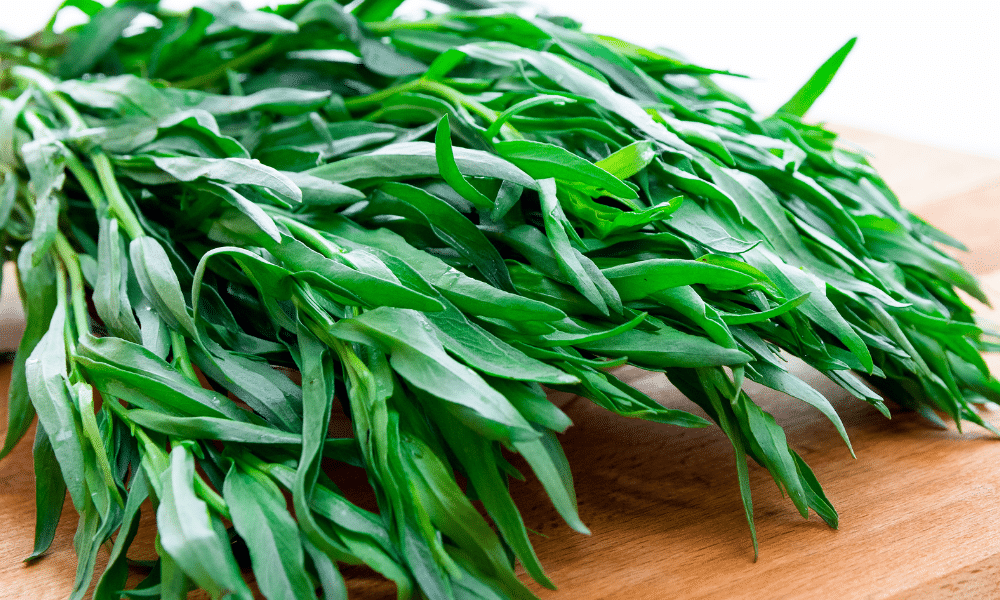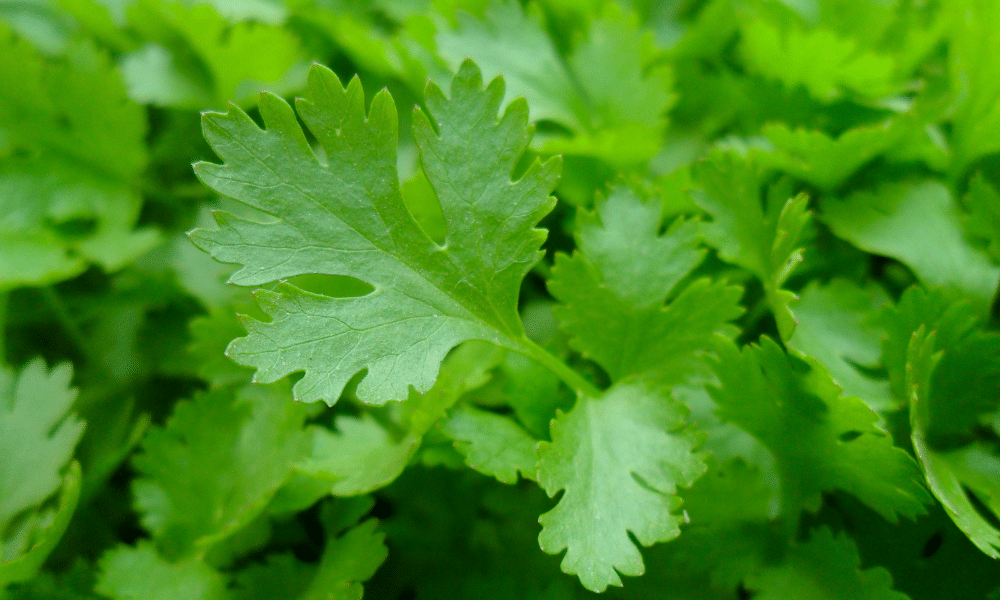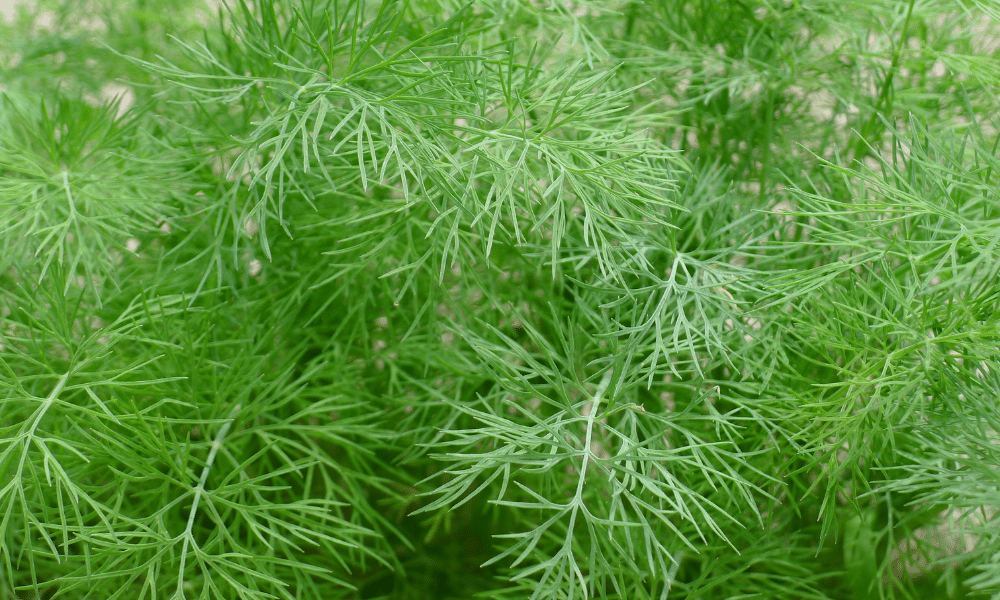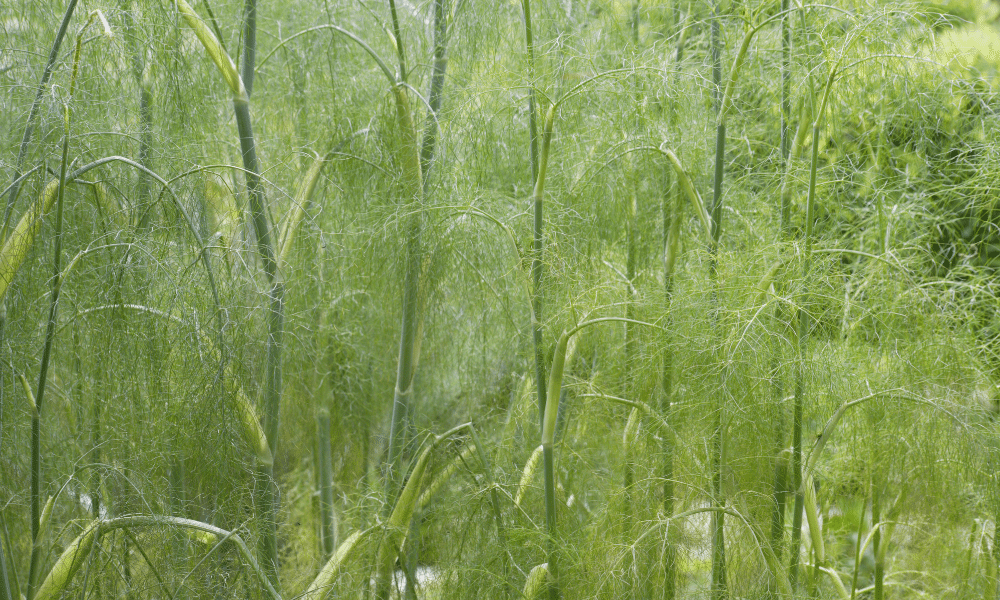Chervil is a leafy herb mostly used in French cooking but wildly used across European cuisines. In appearance, chervil looks like the tops of carrots, perhaps because it comes from the carrot family. But, strangely, it doesn’t taste like carrot.
When a dish calls for chervil, but you don’t have any to hand, what other more common herbs can you use instead?
Our 4 Substitutes for Chervil
Chervil is mostly used for its delicate anise hints with tones of sweetness but is incredibly mild compared to other herbs.
Here are our top 4 substitutes for chervil:
1) Tarragon
Tarragon can be easily described as super chervil. That is, it has the exact same flavour profile but is extremely amplified.
Chervil is mild in its sweetness and anise flavours, but tarragon is a lot more prominent. You will need to use tarragon in moderation when using it as a substitute for chervil. But it will perfectly resemble its flavours.
In most cases, you will find that chervil recipes also call for the use of tarragon.
This is because the two pair very well together. So much so that they are both used in the French herb mix fines herbes.
Great with Fish
Compared to other herbs, tarragon is mild, even with its liquorice undertones. This makes it the perfect herb to balance out the strong flavours of fish without losing the favours completely.

2) Parsley
Though parsley is a lot stronger than chervil, it does not have as distinct a flavour.
However, this more neutral pallet means that parsley is a good, all-around herb to use. It will work well in any dish and will not alter nor unbalance flavours like other, unique herbs.
Parsley will be stronger when dried so you may want to use less of it.
If you are using chervil to give your dish a slight hint of anise, then flat leaf parsley is the best kind of parsley to use. It will not only have a fresh aroma but will also have a hint of pepper.
This peppery hint will not be as prominent or provide the same kind of hit that anise flavours do, but it will still better resemble chervil.
Watch It With Cream
Despite usually being a neutral herb, parsley has the odd quirk of balancing out heavy cream dishes. This works fine if you do find a sauce or risotto to be too heavy for your taste but maybe an issue if you don’t want to unbalance your dish.

3) Dill
Coming from the same family as chervil means that dill does still have the same anise undertone as chervil though a lot milder.
And considering how mild the flavour of chervil already is, in dill, it is very hard to taste.
Dill is more known for its fresh but slightly bitter flavours. It also has a tang to it that makes it one of the best herbs to pair with citrusy fish and potato dishes that lack flavour.
Because dill’s flavours fall short of matching chervil, only use half as much dill as a recipe calls for to prevent altering your dish completely.
Add at the End
It is better to use dill later on in your dish as it will quickly lose its flavour when cooked. Though if you find dill too strong, then add it slightly earlier on.

4) Fennel
When you think of an anise type herb, fennel is often the first one that comes to mind.
It has a far more intense anise flavour than pretty much any other herb, but especially more than chervil. However, it still has the fresh hint that chervil has both in flavour and aroma.
Fennel is a notoriously hard herb to use as it has such a unique flavour so only use it as a substitute for chervil if you are confident in its use.
Pair with Pork
It is pork that works best at absorbing and balancing out the strong anise flavours of fennel. Though you can pair it with other meats too, in moderation.

Other Substitutes for Chervil
Don’t have any of the common herbs above? No problem, here are some more herbs that you can use in place of chervil:
- Basil – Peppery tones are what gives fresh basil its slight kick rather than anise tones but it is still mild. Instead, basil is just as delicate as chervil in most dishes.
- Coriander – Sharing freshness in both aroma and flavour, coriander looks like chervil but doesn’t have its full flavour profile.
Summary
Chervil is a very delicate herb with slight anise hints. Some other herbs match the anise but not the mildness of it. Others lack both.
Tarragon is the best substitute for chervil when used carefully.
